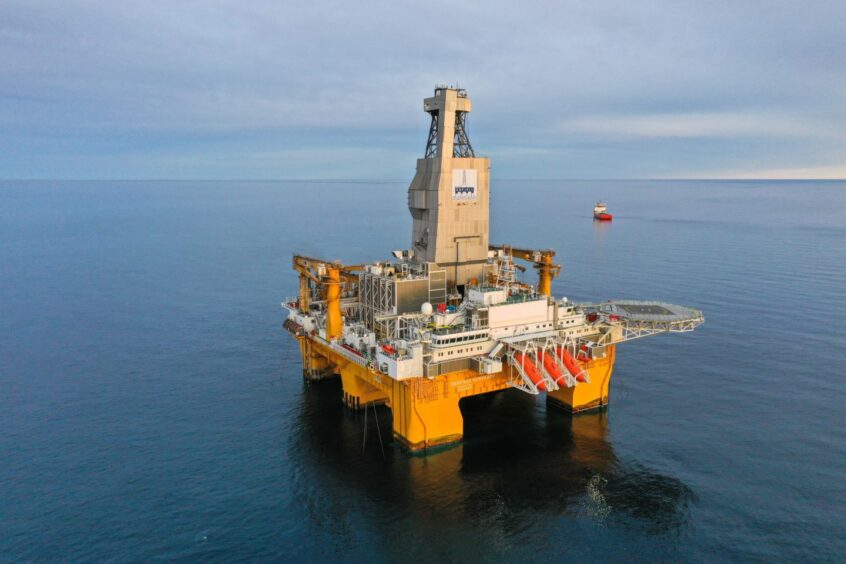
Aker BP (OSLO:AKRBP) found a dry hole during drilling on a second wildcat prospect at the Skarv field, according to reports from the Norwegian Petroleum Directorate (NPD).
Located on production licence 941, wildcat well 6507/3-16 was the second drilled on the licence, and follows close behind a success at the field earlier this month.
The well was drilled by the Deepsea Nordkapp about 7 miles northeast of the Skarv field in the Norwegian Sea and 137 miles west of Sandnessjøen, in water depths of 374 metres.
Its primary exploration target was to prove petroleum in reservoir rocks in the Lower Jurassic and Upper Triassic across the Båt group and Grey Beds, with a secondary target in reservoir rocks in the Palaeocene (the Tang Formation).
It was drilled to a vertical depth of 2,205 metres below sea level and was terminated in the Grey Beds.
The well found sandstone layers totalling about 200 metres with good reservoir quality in the primary target and 2-3 metres of sandstone in the Tang Formation, however the well was dry.
Data acquisition was carried out and it has now been permanently plugged and abandoned.
Drilling at a nearby site earlier this month yielded a discovery between 1.7 and 5.7 million standard cubic metres of recoverable oil equivalent (10.6 million and 36 million barrels).
The licence partners – Aker BP (80%) and PGNiG Upstream (20%) – said they would consider producing the discovery via the Skarv field.
Meanwhile, the Deepsea Nordkapp will now move to drill production well 6507/5-A-3 AH at Skarv.
Skarv has been in production since 2013 via a floating production, storage and offloading vessel (FPSO) and has one of the world’s largest offshore gas processing plants on this type of facility.
Partners in the development include Equinor, Winstershall Dea and PGNiG.